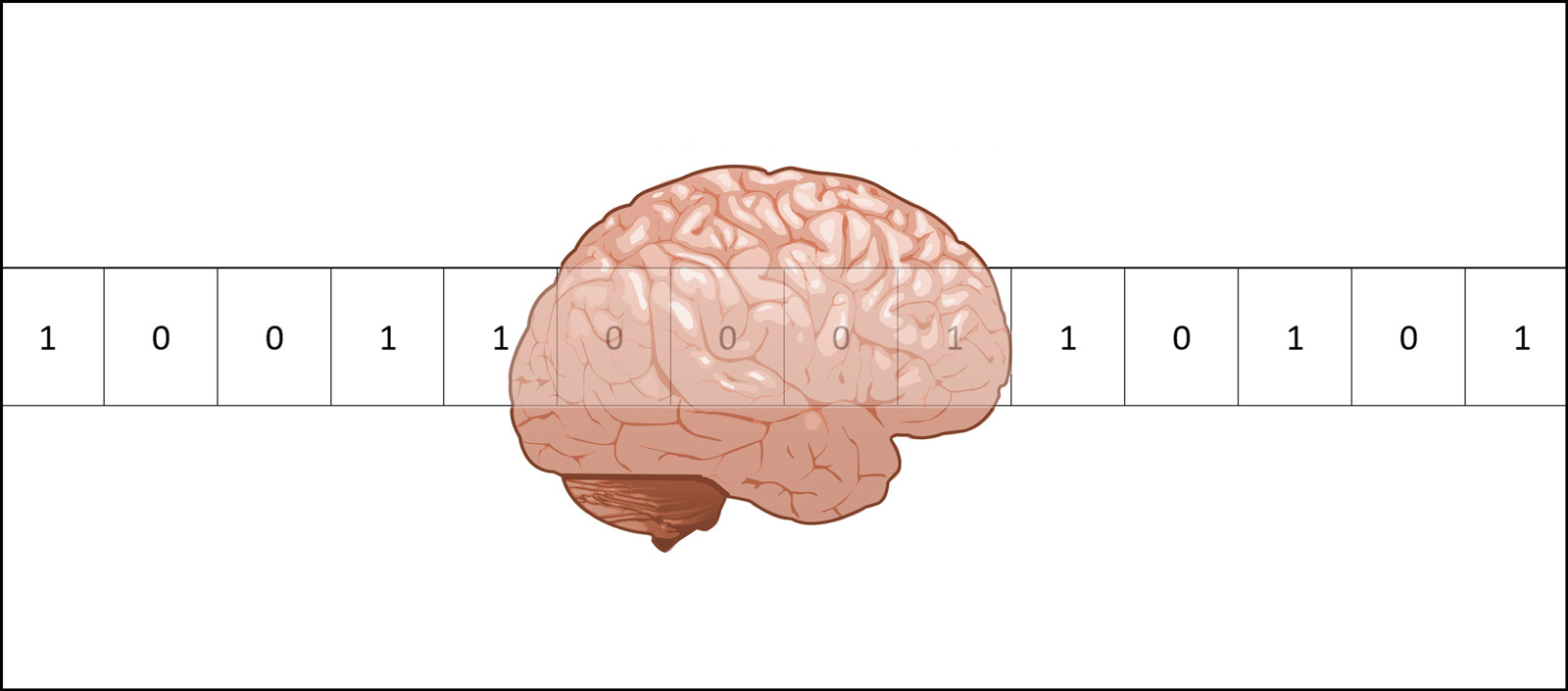Researchers from Columbia University recently discovered that the brains of rhesus monkeys make decisions using the same algorithms as Alan Turing’s decoding machine utilized during World War II.
For those unfamiliar, Turing helped decipher encrypted messages Nazi Germany used to relay information in secrecy. This information included weather reports, military intelligence, and other information that ended up being critical in helping the Allies win the war.
Turing used a form of statistical analysis called “Banburismus,” which gave each letter a weight. Some letters were more common than others and had higher weights.
When analyzing encrypted information, the machine accumulated the probability of the decryption being correct. If the probability was too low, the solution was rejected.
Some of the messages had predictable pieces of information (such as, “the weather report for today is…”) and so those letters were given high probabilities for being correctly deciphered.
Once enough letters were deciphered, the overall weight of the code would break the accepted threshold and the code was then considered cracked.
Neuroscientists at Columbia found that the brain assesses evidence in the same way.
Monkeys were presented clues on where to find a reward on a screen, which would only be shown to them for a brief period of time. Some of these clues were reliable, while others were not.
The monkeys would then use what they knew about the correctness of the clues to try and determine the reward’s location.
A study of the neural activity in the monkey’s brains showed that neuron activity was linked to the confidence the monkey had in the clue being correct. If the clue did not have a strong association with the reward, the neuron activity would not be as impactful. If the clue had a strong association with the reward, the neuron activity had a higher impact.
The monkey would then make a decision based on its confidence in the clue’s correctness, either rejecting or accepting the location the clues suggested the reward was hidden. The researchers believe this is similar to how humans make decisions.
Statistical analysis is used in everyday life to determine information that many take for granted.
In weather forecasting, models use statistics from past weather conditions and current weather conditions to predict future weather conditions. The more recent the data, the more confident the forecast is, which is why forecasting is only reliable for the near future.
Insurance is also determined by statistical analysis. When determining an insurance rate, companies will use information about the likelihood of that insurance being claimed based on data by others insured for similar reasons. For example, homes in areas at a high risk for natural hazards would have a higher insurance rate due to the likelihood of damage, compared to a home in an area of low risk for natural hazards.
Statistical analysis is also used by stock market analysts to determine economic activity.
Overall, the brain appears to use the most fundamental method of determining the correctness of data by using statistical analysis. This occurs subconsciously, so studying for your STATS 1000 final is still advised.


